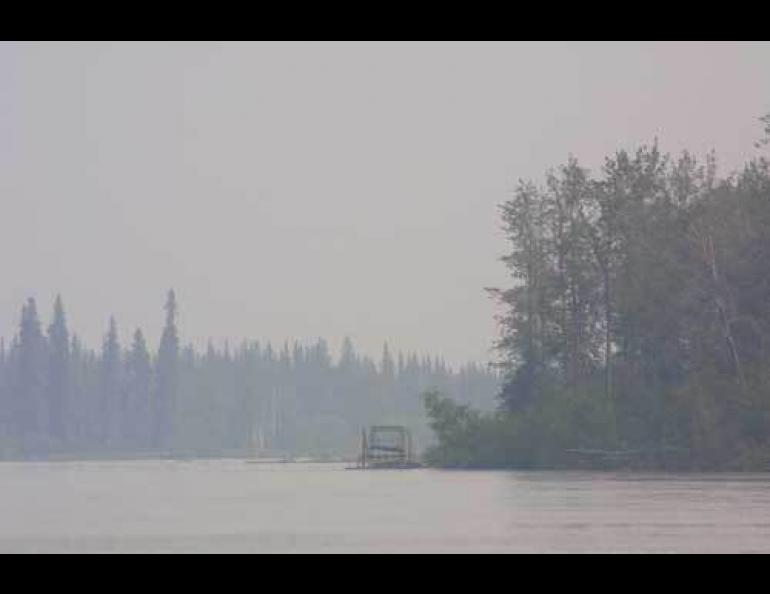
Vitamin D, salmon, wildfires, and sheep that eat dirt
Sometimes, columns I write spur a few return notes. Here’s some recent correspondence from the in-box:
- Following a column about her thesis on vitamin D production among sun-starved Fairbanks residents, Meredith Tallas of Oakland, Calif. showed me a recent study on vitamin D in which the researchers concluded that wild salmon contain more of the healthful substance than farmed salmon.
“We recently conducted a study and observed that wild-caught salmon had on average 500–1000 IU vitamin D in 100 g (3.5 ounces), whereas farmed salmon contained 100–250 IU vitamin D per 100-g serving,” wrote Michael Holick of Boston University School of Medicine in the April 2008 American Journal of Clinical Nutrition. “The most likely reason is that vitamin D is plentiful in the food chain but is not plentiful in the pelleted diet fed to farmed salmon.”
- Richard Flanders of Fairbanks said a recent column about Brooks Range snowshoe hares eating soil kindled some memories for him of when he was working as a geologist near Tok in 1986.
“I was working in the Delta massive sulfide district and watched a group of Dall sheep eating the dirt in one of our newly made trenches for a half an hour,” Flanders wrote in an e-mail. “I watched from close with binoculars. They were not just licking the rock; they were chowing down on black mud by the mouthful…After they finished and left I went in for a look and confirmed their hunger. I'd say each animal ate at least two pounds of dirt.”
Being a curious geologist, Flanders sampled the soil, expecting the sheep might be gobbling up micronutrients such as zinc. To his surprise, he found a high level of arsenic in the soil.
- Outbreaks of lemmings, so plentiful in northern Norway in 1970 that people used snowplows to clear their tiny carcasses from roads, seem to have either stopped or they now happen less frequently, a few scientists concluded after looking at the recent study of a colleague. In the November 2008 issue of Nature, Tim Coulson and Aurelio Malo of Imperial College London wrote that perhaps climate change has meant that Norway “now gets a lot of the wrong kind of snow.” Warmer temperatures are melting and refreezing snow, which could mess with the “subnivean space” beneath the snow that lemmings use to hide from predators and to find moss, their favorite food.
- Alaska wildfires in 2008 were wimpy when judged by recent standards. Michael Richmond of the National Weather Service in Fairbanks sent on his 2008 fire weather report, in which he wrote that 102,500 acres of Alaska burned last summer. That may sound like a good number, and it would be in Vermont (where the average number of acres burned per year is about 250), but it’s Alaska’s lowest total since 1978. And it seems like even less when you consider that 6,700,000 acres (about the size of Vermont) of Alaska burned in 2004 and 4.5 million acres burned in 2005. Alaska’s average of forest burned since 1956 is about 900,000 acres.





